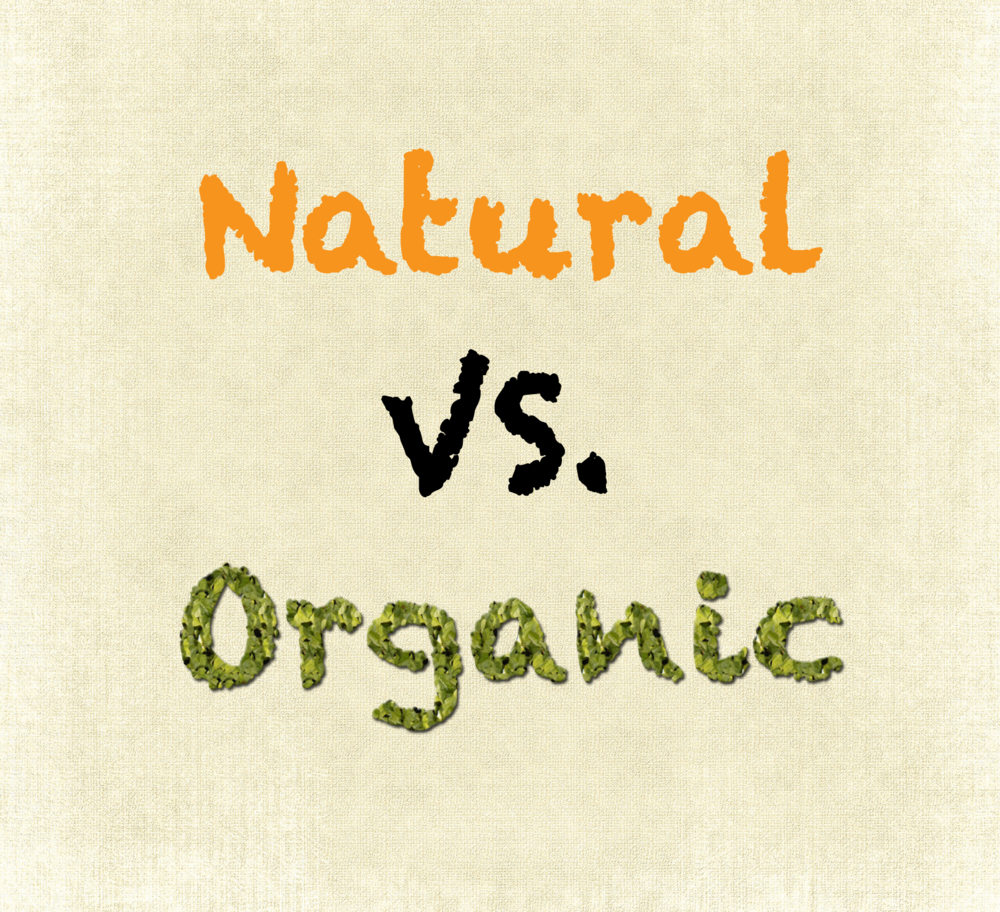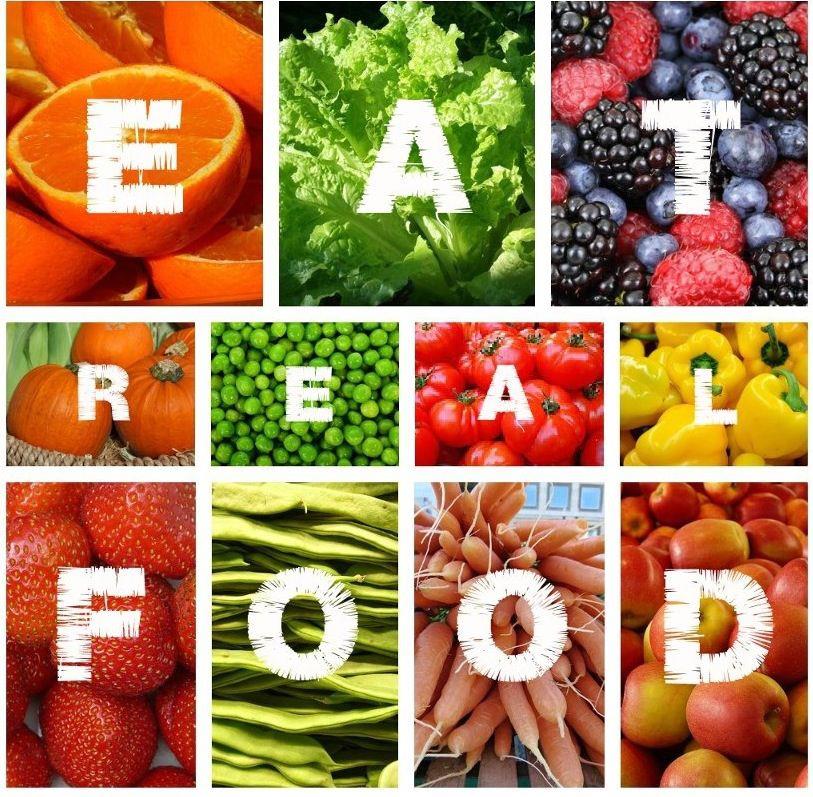...I am so pleased to find a substitute from regular meds. I have always reacted to drugs and found little help. Now Im off allergy meds and shots, and I feel so much better. I've also lost weight."
-Nancy G.
_________________________________________________________________________________
-Nancy G.
_________________________________________________________________________________
"...I love my experience here! Ive seen many medical doctors that couldnt help me!... "
-Martina B.
_________________________________________________________________________________
-Martina B.
_________________________________________________________________________________
" ...I enjoy every visit. I am always heard out and attended to, and have learned a lot about
what to eat and what not to eat. Thank you for taking care of me & my girls! - Michelle Z.
_________________________________________________________________________________
what to eat and what not to eat. Thank you for taking care of me & my girls! - Michelle Z.
_________________________________________________________________________________
"...I just want to say Thank You for all your help. Many times through the years I have not been the perfect patient. However,I know that my health today is in result of your care, work, and love. You all are the best!" - M.R.
_________________________________________________________________________________
"...Nutrition Response Testing is the only way to go! Healing vs. cover-up." - C.B.





